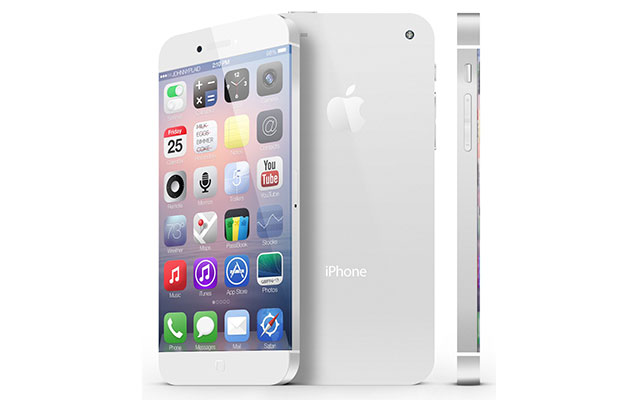
Samsung lost the number one spot in the global smartphone market in the fourth quarter of 2014, displaced at the top of the pile by Apple, according to new data from Gartner.
It’s the first time Samsung has dropped out of the top spot in smartphone sales volumes to end users since 2011.
Worldwide sales of smartphones to end users had a record fourth quarter of 2014, with an increase of 29,9% compared to the same quarter in 2013. In total, 367,5m smartphones were sold worldwide in the final three months of last year.
Apple’s market share in the fourth quarter was 20,4%, against Samsung’s 19,9%. Lenovo was a distant third at 6,6%, followed by Huawei (5,7%) and Xiaomi (5,1%).
Total smartphone sales to end users in 2014 reached 1,2bn, up by 28,4% over 2013, according to Gartner. This represented two-thirds of global mobile phone sales.
“Samsung’s performance in the smartphone market deteriorated further in the fourth quarter of 2014, when it lost nearly 10 percentage points in market share,” said Anshul Gupta, principal research analyst at Gartner, in a statement.
“Samsung continues to struggle to control its falling smartphone share, which was at its highest in the third quarter of 2013. This downward trend shows that Samsung’s share of profitable premium smartphone users has come under significant pressure.”
On Sunday, the company took the wraps off two new flagship devices, the Galaxy S6 and the Galaxy S6 edge, in the hopes of turning around this decline in sales. The S6 edge, with curved edges, represents the biggest design change to the Galaxy S line-up since it was introduced late last decade.
“With Apple dominating the premium phone market and the Chinese vendors increasingly offering quality hardware at lower prices, it is through a solid ecosystem of apps, content and services unique to Samsung devices that Samsung can secure more loyalty and longer-term differentiation at the high end of the market,” said Gartner research director Roberta Cozza.
According to the research firm, Apple reported its best quarter ever in the fourth quarter of 2014, when it sold 74,8 million iPhones. “Apple’s first-ever large-screen phones continued to see huge demand, with sales in China and US, growing at 56% and 88% respectively,” it said.

“Apple’s strong ecosystem and its new iPhone 6 and iPhone 6 Plus drove strong replacements within the iOS base. These new smartphones also offered new users, who are looking for larger screen phones, a strong alternative to Android.”
Although still a distant third behind Apple and Samsung, Lenovo has a particularly strong showing in the fourth quarter, growing by 47,6% year over year.
Chinese vendors, such as Huawei and Xiaomi, are continuing to improve their sales in China and other overseas markets, increasing their share in the mid to low-end smartphone market, Gartner said.
“Chinese vendors are no longer followers,” said Cozza. “They are producing higher quality devices with appealing new hardware features that can rival the more established players in the mobile phone market. Brand building and marketing will be key activities in deciding which Chinese vendors can secure a foothold in mature markets.”
Meanwhile, the availability of smartphones at lower prices accelerated the migration of feature phone users to smartphones in emerging markets. This trend continued to benefit Android, which saw its market share grow 2,2 percentage points in 2014. Android’s global market share reached 80,7% at the end of December. iOS had 15,3% and Windows Phone 2,8%. BlackBerry’s share slipped to just 0,6%. – © 2015 NewsCentral Media




